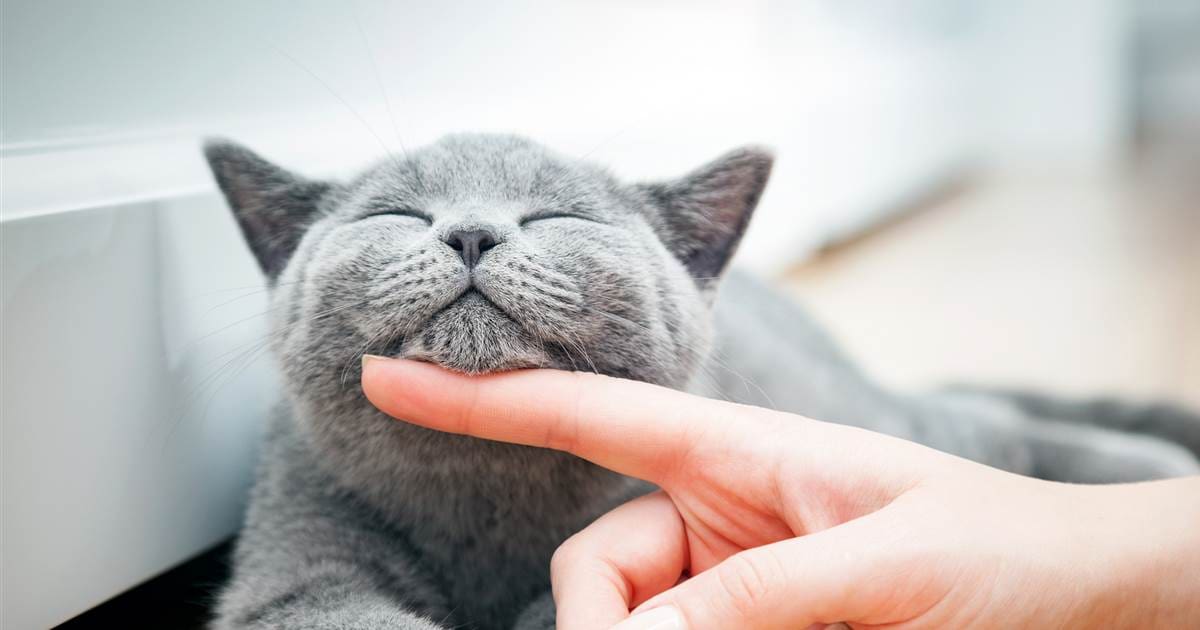Fleas
Optimal results. Minimal pesticide use. Minimal impact to the environment.
Fleas
A flea is a tiny dark brown insect that feeds on blood. They don’t actually fly but instead can jump up to 150 times their own length enabling them to transit easily between hosts and the surrounding environment.
While the most common flea prefers to feed on the blood of cats and dogs, fleas can also feed on human blood. Skin reactions to flea bites can appear within minutes or may be delayed over hours and even days. People who are allergic to flea bites can develop lesions, itching or other symptoms.
The fleas you see on your pet represent only 5-10% of the total number of fleas in your environment.
The rest are in the egg and larval stages which can be found in your carpets, furniture, bedding and garden.
Fleas generally become a problem to humans when their preferred food source is not available. For example, an outbreak can occur after a pet’s death or when people move into premises where a dog or cat previously lived. This is because fleas in the early stages of development can lay dormant in carpets or undisturbed edges of floors for many months. Once the house is reoccupied, the fleas then develop into adults.
Treatment
A professional flea treatment involves a low-toxic liquid pesticide being applied to all areas accessed by pets which may include flooring areas inside and/or garden areas outside. This is to ensure that the product will be effective when the dormant fleas do finally emerge.
Because all flooring and/or turfed areas are thoroughly treated, the product will take a while to dry. You and your pets must stay away from all treated areas for at least 2 hours and possibly longer depending on the product label recommendation.
If pets reside at the home, you will also need to carry out the following:
Machine wash all pet bedding and clothing on the highest setting
Machine wash linen from any bed that your pet sleeps on
Steam clean any furniture that your pet sits on
Carry out all flea control measures recommended by your vet
Our feline friends are extremely sensitive
Certain pesticides are highly toxic to cats. They are very sensitive to the pyrethroids commonly used in commercial pest control products because they’re unable to metabolize (break down) these agents quickly and efficiently due to their peculiar liver metabolism.
Unfortunately, feline pyrethroid poisoning is commonly caused by an owner applying a dog flea product to their cat.
Flea products made for dogs have a much higher concentration of pyrethroids than those made for cats. Pyrethroid poisoning is serious and life threatening so if you are unsure which product to use, consult your vet,
At Pestgo, we always carry out a Health Risk Assessment before any treatment to ensure that we select the most appropriate pesticide to control the pest and be kind to your pets and family.
Let’s be kind to our pets
You may not know that fleas are the number one cause of skin disease in pets and can cause problems ranging from simple itchiness to weeping sores, scaly skin and a strong smell.
Some dogs and cats can develop an allergy to flea bites (known as Flea Allergy Dermatitis) where just one bite can set off a serious and painful reaction.
The kindest thing we can do for our pets is to maintain a year-round flea protection programme.
You can help to reduce flea infestations by:
Placing your pets on a flea management programme as recommended by your vet
Washing your pet’s bedding regularly
Limiting visits by other pets to your property
Limiting your dog’s interaction with other dogs in public places



